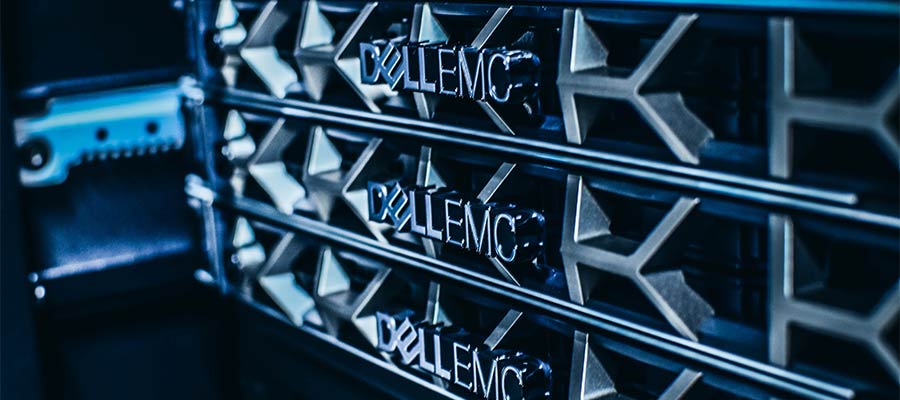The Keys to Building Stable & Sustainable WordPress Websites
Sustainability should be a goal for every website. It’s critical that what we build today can thrive during its useful life. In practice, it means being able to evolve and grow without being overly burdensome to maintain.
That’s always a challenge. But throw in the constant change of a content management system (CMS) such as WordPress, and the game just got a lot harder.
Being infinitely customizable is both a blessing and a curse. Sure, you can build just about any type of website imaginable. However, it’s quite possible to take some serious missteps along the way. The result could be a site that’s unstable and always a hair away from disrepair.
Because of this, sustainability is a moving target. And while there are no guarantees that even a well-built site will provide years of worry-free bliss, there are some things you can do to increase the odds.
With that, here are some keys to building stable and sustainable WordPress websites.
Use WordPress Plugins as Needed
The WordPress ecosystem has a plugin (or 10) for virtually every use case. Chances are that, whatever type of functionality you need, it exists somewhere out there. It may even cost you little or nothing to implement.
There’s nothing wrong with having options. But plugins tend to vary in terms of quality and usefulness. As such, it’s worth thinking about the impact each one has on your website.
First, it’s important to ask yourself if a particular plugin is crucial to achieving a project’s goals. For example, a shopping cart such as WooCommerce could be considered an essential piece of an eCommerce site. On the other hand, a plugin that adds page transition effects is probably less so.
And that leads us to another factor: your own ability to write code. Some plugins are aimed squarely at those who require a no-code solution. Thus, it may be unnecessary if you are proficient in this area.
In that case, a plugin is simply another third-party dependency. It may work out just fine – or not. But building the functionality yourself could be a better way forward.
It’s OK to utilize WordPress plugins. That said, it’s still best to use as few of them as possible.

Build with Best Practices
Plugins are only one part of the sustainability equation. When you consider the components of a typical WordPress site, there are other areas where best practices come into play:
WordPress Themes
There’s always some risk when working with third-party WordPress themes. You’re depending on its author to build the product with sustainability in mind.
The theme market, along with user expectations, has made this very difficult. To compete with multipurpose themes, authors often throw in a multitude of features – whether you need them or not. This not only impacts performance but future maintenance as well.
Sometimes, themes offer functionality that would be better handled by a plugin. The result is that switching themes also means losing that same functionality.
Ideally, your site’s theme should be as simplistic as possible. It may be one you’ve built yourself or a customized version of a barebones starter framework.
Regardless, it should contain only the scripts and styles you need. In addition, the theme should adhere to the guidelines spelled out in the WordPress Theme Handbook.
Hosting Environment
Perhaps hosting isn’t commonly thought of as part of the build process. But it’s hard to ignore the impact it has on a website’s overall health.
If growth is a part of being sustainable, the role of a web host becomes even more apparent. That applies to assets like memory, storage, and processing power. Each of these items contributes to both stability and scalability.
Software is also a key component. A server needs to be up-to-date and optimized for performance.
All told, hosting is what allows a website to reach its full potential. Do some research to ensure that you’re working with the best possible provider.
Maintenance Practices
You want to build something great, but how will you maintain it? This is something to think about before you write a single line of code.
When using third-party products, the plan is somewhat out of your hands. It’s about applying updates as they are released. That’s simple enough.
Custom features can be more difficult. You may have extended an existing plugin or built something from scratch. In these scenarios, it’s important to stay on top of changes to dependencies.
New versions of WordPress core, related plugins, and PHP are all worth watching. This will provide you with an understanding of how any changes could impact the work you do. Keeping some form of documentation can serve as a handy reference as well.
The goal is to identify any items that will require future maintenance and how to best manage them. Hopefully, it saves you from any surprises down the road.

Set Your WordPress Website up for Smooth Sailing
The more moving parts a website has the more potential for breakage. That’s the challenge of building with a CMS. And because the WordPress ecosystem is so vast, sustainability can feel like an elusive benchmark.
It requires a keen eye for potential issues and the ability to make hard decisions. Themes and plugins should provide for a project’s needs without excess bloat. Hosting should be secure, stable, and include the resources you’ll need to grow.
And it’s not enough to build custom functionality that merely works. Future maintenance also needs to be taken into account.
While no one can fully predict the sustainability of a WordPress website, taking the steps above can help put you on the right path. It’s all part of building a website that will serve you and your clients for years to come.